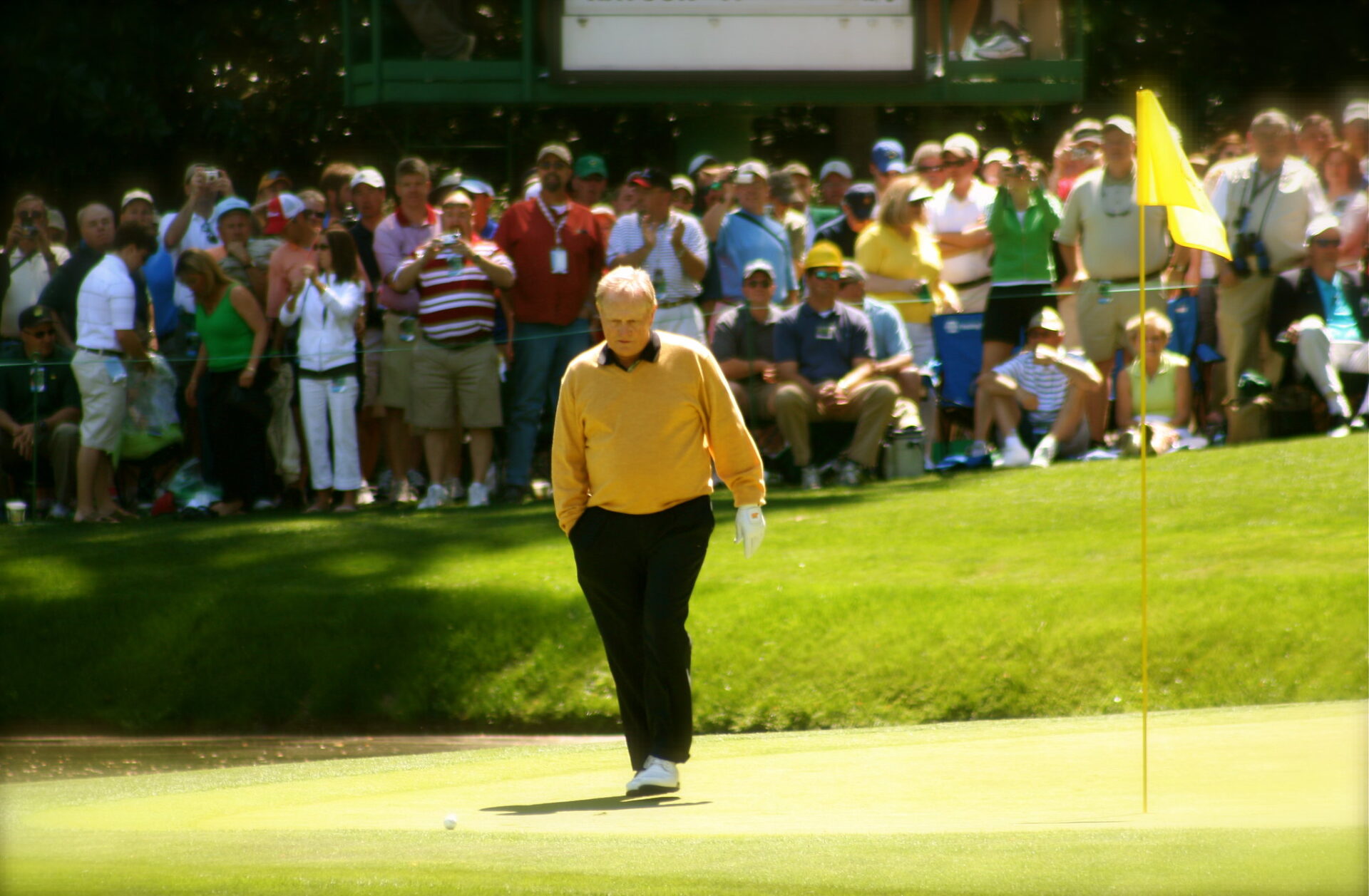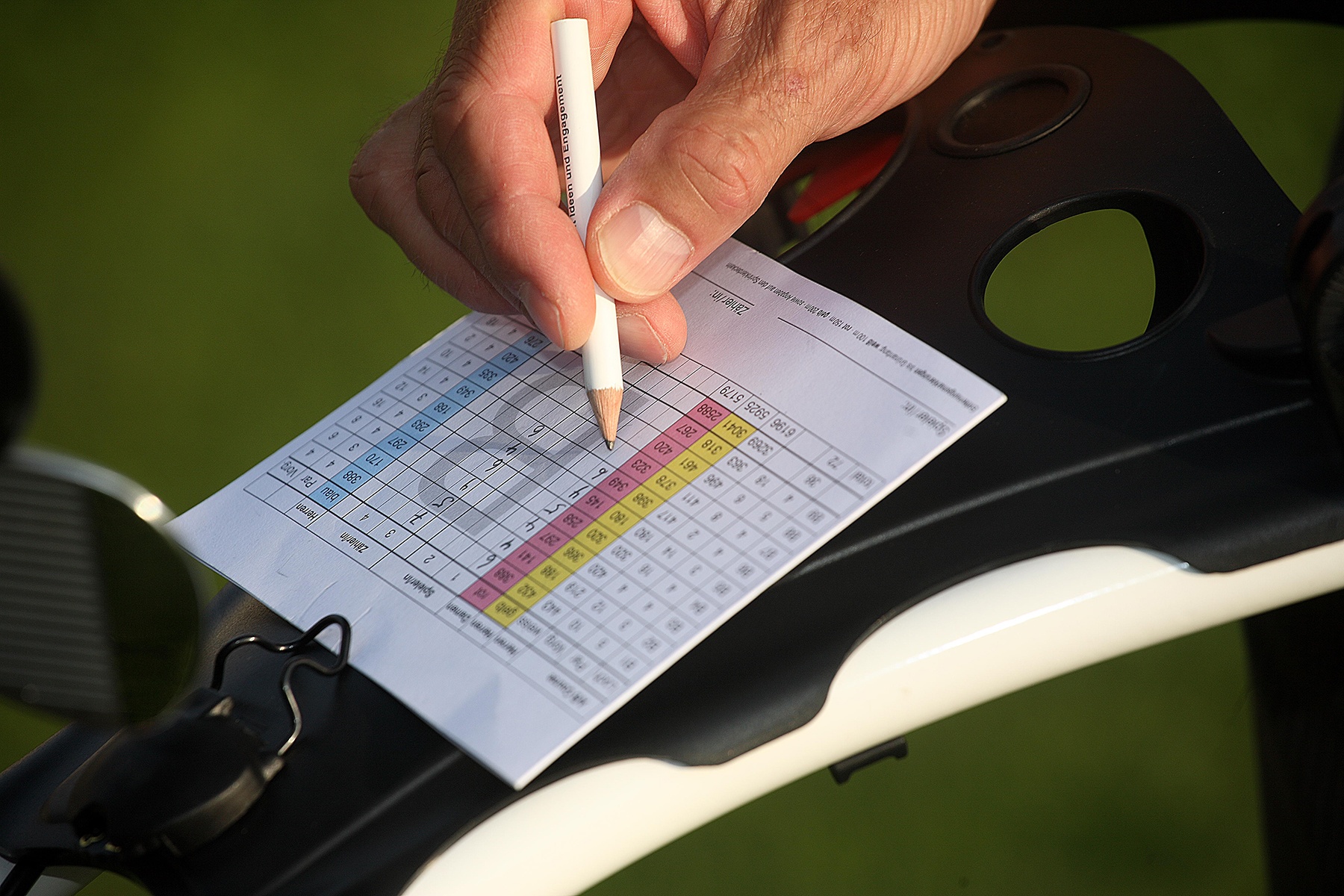News
Grips for golf clubs
Handle size The correct grip size helps to hold the club securely at the top of the backswing. If the grip is too small, it can lead to too much “hand action” and the club face…
Puma: The PTC collection is inspired by music
Players looking for casualness and style that works both on and off the golf course are the target audience for the relaunch of the Puma x PTC collection. This is inspired by one of the most…
Arccos: Apple Watch app with improvements
Arccos introduces enhancements to the Arccos Apple Watch app with an update that gives users a seamless, phone-free shot tracking experience. The UX improvements allow users to start a round…
The Latest
Play a golf tournament
Golfing alone is fun. Even more fun is golfing in a group or tournament. What you need to know, how a golf tournament works and what you need to know can be found here: Registration In the…
Betting during a round of golf
On this page you will find an overview of various forms of betting in golf. These can be played on a round of golf – with or without money. Nassau Nassau is the most common form of…
How to golf
Find everything you need to get started with golf in our golf guides. We offer beginners everything they need to easly begin playing the game of golf

































